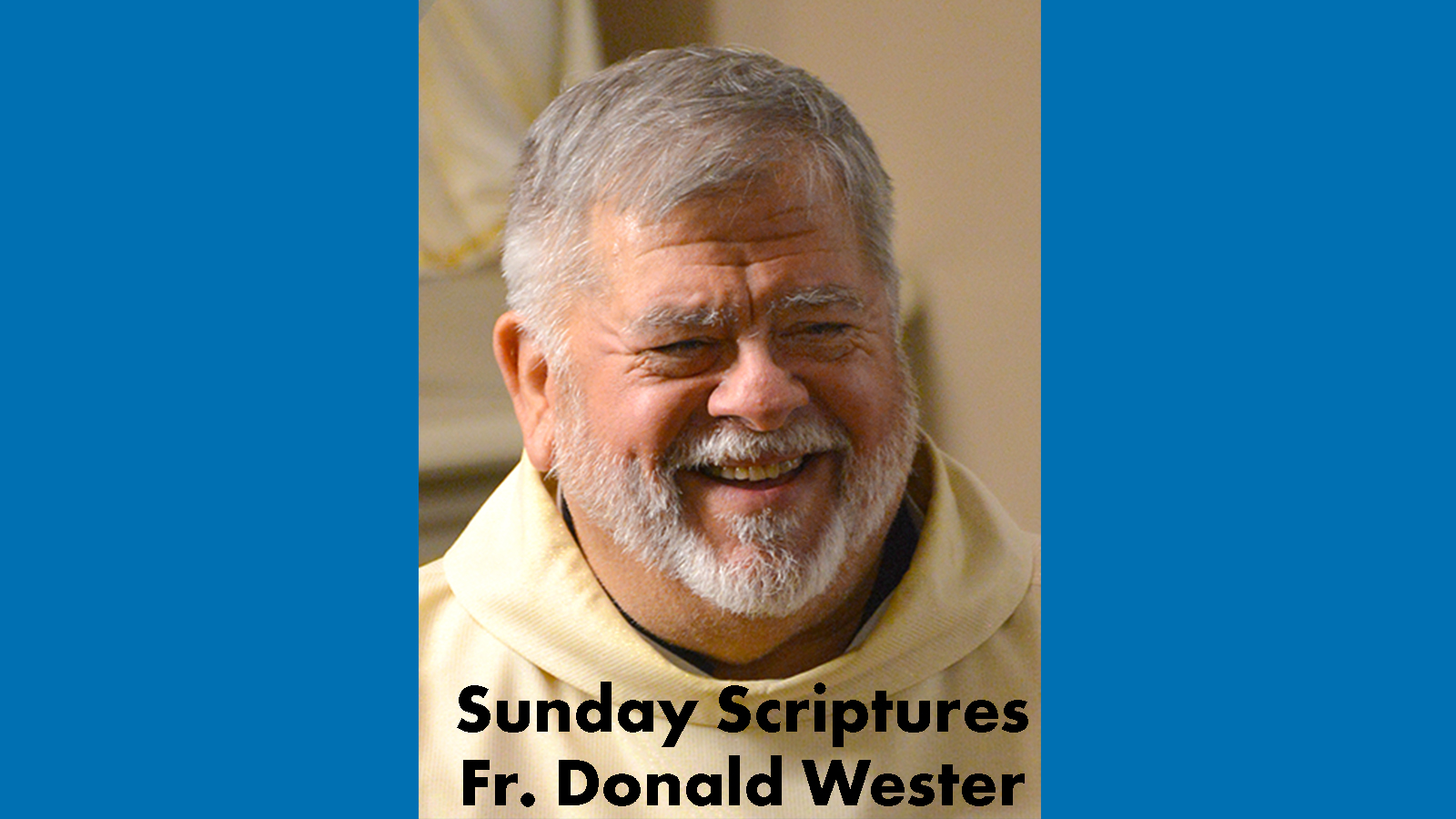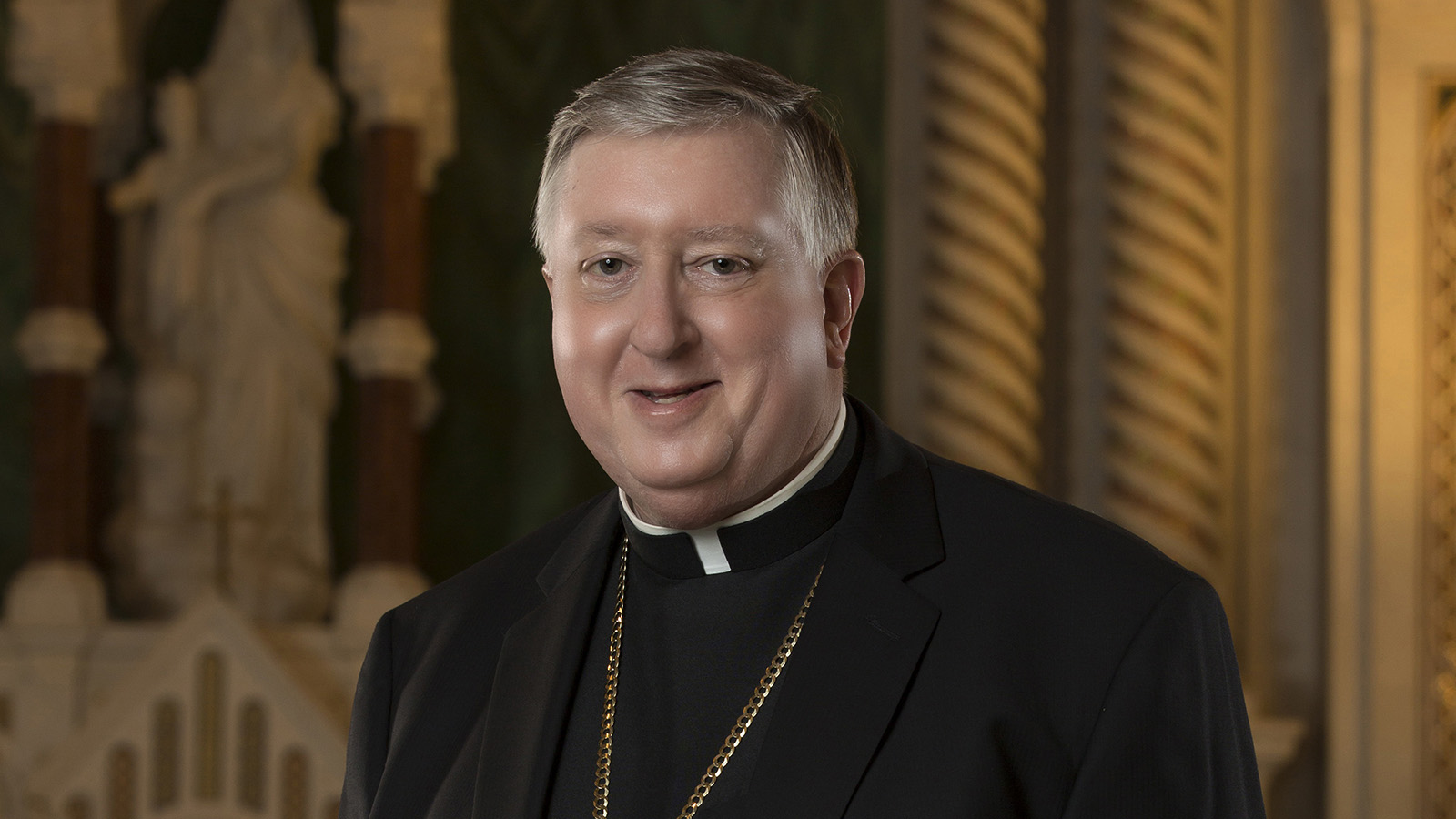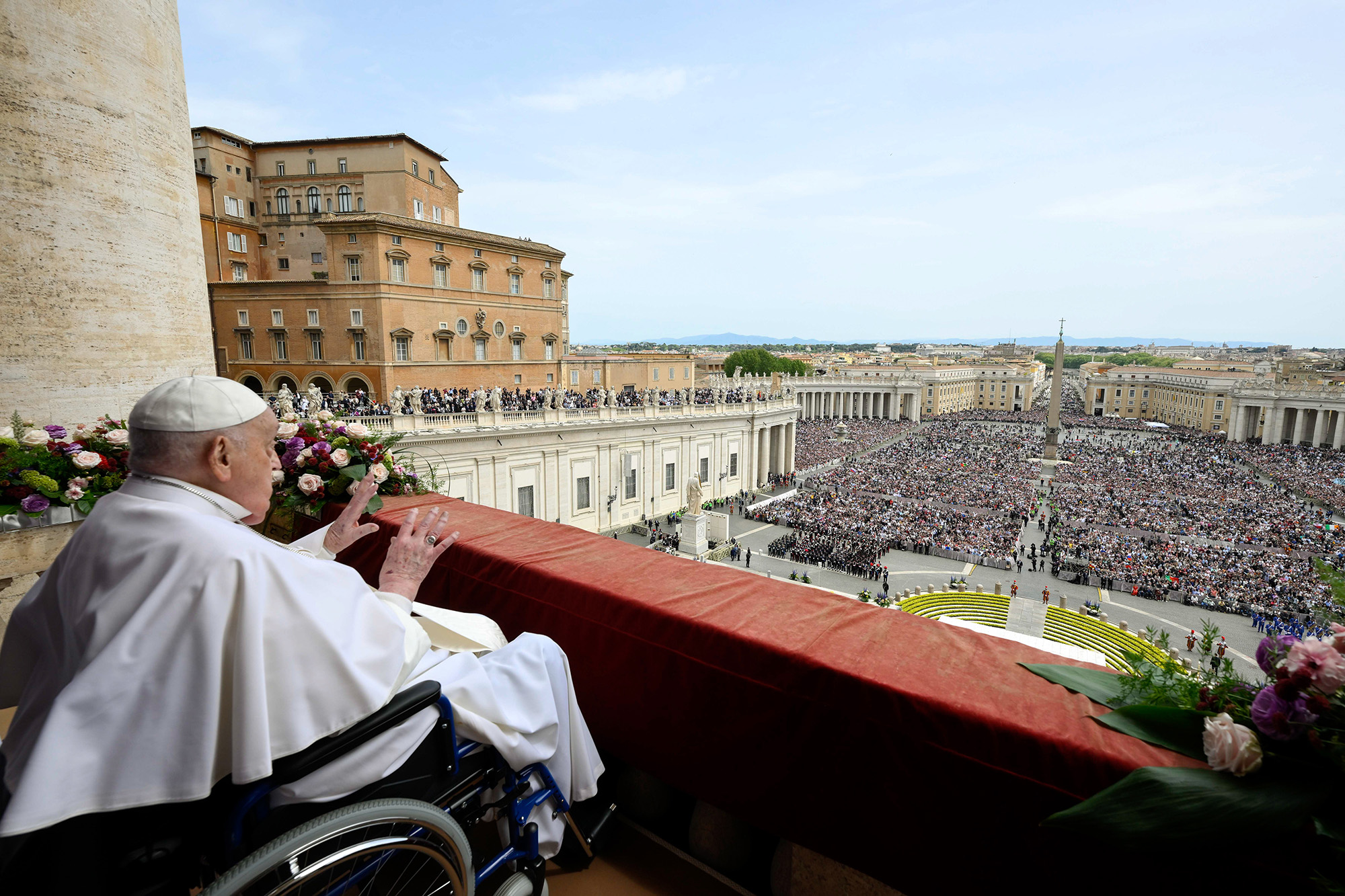DEAR FATHER | St. Mary Magdalene feast is reflective of important role of women in the Church
Why is the Church focusing more on St. Mary Magdalene?

On July 22, the Church commemorated the feast day of St. Mary Magdalene. On the surface, many Catholics might not know it wasn’t always a feast day.
Before the Vatican changed it in 2016 to a feast day, Mary Magdalene’s day was celebrated as a memorial, the rank of most saint days in the Church. Feasts are reserved for special events in the life of the Lord (the Transfiguration, for example) or for important saints in the early Church, such as St. Stephen, the first martyr. With an exception for the Solemnity of Sts. Peter and Paul, the apostles also have feast days.
The change shines a brighter light on Mary Magdalene. The Mass for this day reflects this importance as well. On a feast day, the Gloria is used, along with special readings. In addition, a particular preface for her feast day is used.
This change by Pope Francis builds upon the work of Pope St. John Paul II, who recognized the role of women in the Church and of St. Mary Magdalene in particular. In his celebrated Letter to Women, “Mulieris Dignatatem,” St. John Paul recognizes the role of women in being the first to discover the empty tomb and to be commissioned by the angels to proclaim Jesus’ resurrection. From them, Mary Magdalene was the first to encounter the risen Lord and told by Him to go announce to His disciples that He has truly risen (John 20:16-18). As the Church continues the important work of the New Evangelization, which calls each believer to boldly proclaim the good news of Jesus’ resurrection to all, Mary Magdalene stands out as a model for us to imitate.
Her witness to Christ is magnified by her great love of the Lord. Since the time of St. Gregory the Great, Mary Magdalene has been identified as the woman who washed Jesus’ feet with her tears and dried them with her hair. Jesus recognizes in her a great love for Him and forgives her sins (Luke 7:36-50). This great love of Mary Magdalene is witnessed again at the foot of the cross, and when she refuses to leave the empty tomb Easter Sunday morning until she finds the Lord. Her witness of love for the Lord calls us to deepen our love for Him. These acts of love indicate her love and devotion for Him.
Certainly as we gaze at the world, a greater love for the Lord is needed — love that seeks forgiveness, that refuses to forget the poor, the vulnerable, and the forgotten. This love also is rooted in Christ and doesn’t lose focus on Him. By meditating on the life and witness of Mary Magdalene, we gain greater clarity of this love and our call to share the reason for it with others.
This column appeared in a previous edition of the St. Louis Review.
Father Mayo is pastor of St. Raphael Parish in St. Louis.




